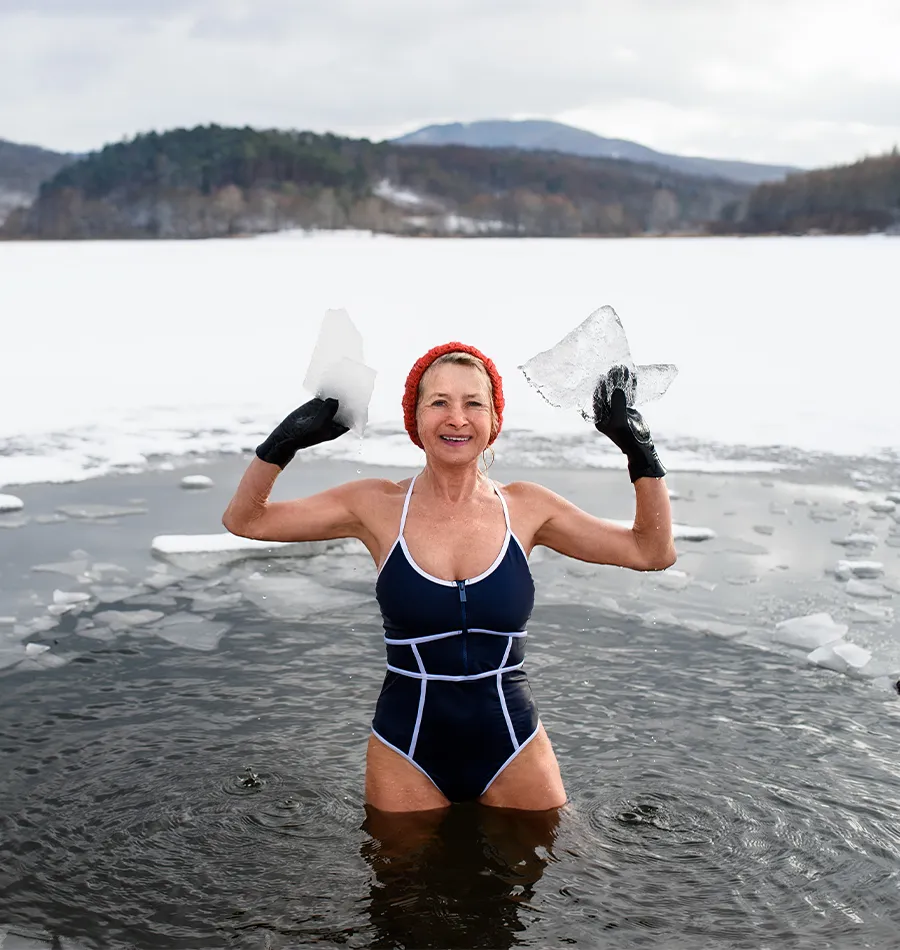The Effect of Cold Exposure on Muscle Blood Flow: What Does the Research Say?
Cold exposure has gained popularity recently for its potential health benefits, from boosting metabolism to enhancing recovery. But how exactly does cold affect muscle blood flow, and what does the science say? Let’s explore the physiological mechanisms at play and review the latest findings from medical research.






